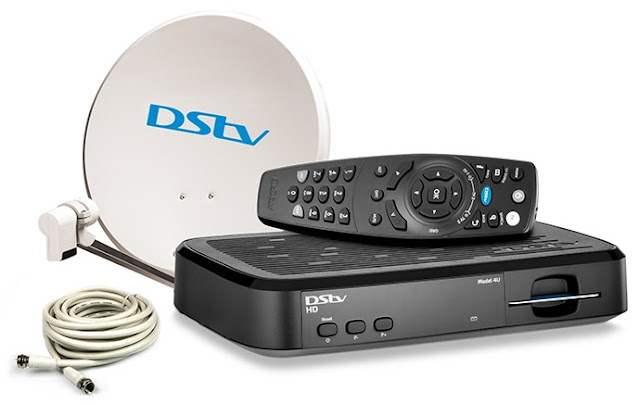 |
| How To Connect The DStv Zappa Decoders For Extra Views |
As we all know, one of the apparent downsides of the new DStv HD decoder is simply the removal of the Radio Frequency (RF) in for the extra view. I am so happy and glad to inform you that there is now a free workaround for this ( have in mind that the initial investment is huge ).
But luckily, this tweak is on the other hand permanent. So without wasting much time, the New DStv decoder extra view configuration is easy to do, trust me. Just kindly follow the instructions provided below. However, before this, let me quickly run a recap of what DStv extra view means. The DStv extra view is a service designed to enable you to use one subscription on at least two DStv decoder. A good example, if you have a Dstv premium sub and you want to enjoy it both in your room and in the living room, the extra view is just the best and easy way to go.
 |
How To Connect The DStv Zappa Decoders For Extra Views
(DStv_Smart_LNBf Connection) |
As you can see from the picture above, it was as simple as ABC with the previous HD decoder and on the explora. But the new HD decoder makes it tricky to do. In fact, you cannot do it out of the box. So that is why you will need to read this tutorial that I will provide to you if you do not already know how to go about this. Also, in addition, you will pay a service charge of N2,600 for the extra view. In other words, You need to know that DStv extra view is not free of charge.
New DStv Decoder Extra View Configuration
(The Requirements)
- You will need two DStv Zappa decoders. You will use one as the primary and the other will be the secondary.
- You will also need DStv Smart LNB(bought separately from DStv office).
- You will also need a dish, a regular LNBf, and other dish components like the coaxial cable.
- You will also need a professional satellite installer for this. However, you can give it a shot yourself if you have the knowledge about the installation.
- Finally, you will need to pay for Dstv extra view subscription. This will go along with your chosen subscription
The DStv Decoder Extra View Configuration.
 |
| The DStv Decoder Extra View Configuration. |
- First, track DStv on 36e and get a very high signal strength.
- Next, you then replace the regular LNB with the smart LNB.
- Now, connect one cable to the uni-cable A and another to the uni-cable C. As shown in the diagram above.
Note: Connect the A to the primary decoder and connect the C to the secondary decoder.
Now ensure you enter the following settings provided below for both decoders
For the Primary Decoder Settings.
User band 1 Frequency…….. 1210
User band 2 Frequency…….. 1420
User band 1 index……….……. 0
User band 2 index……….……. 1
For the Secondary Decoder Settings.
User band 1 Frequency…….. 1680
User band 2 Frequency…….. 2040
User band 1 index……….……. 2
User band 2 index……….……. 3
Once you do this, you can now start enjoying your extra view.






















